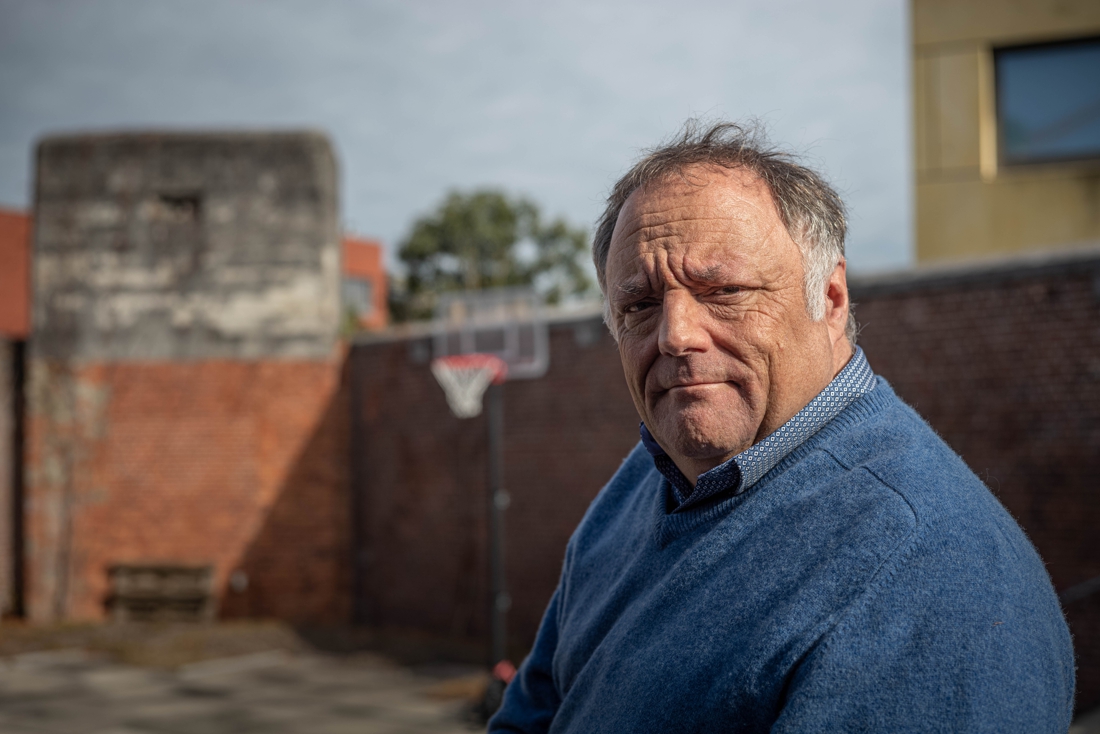The expedition on the wreck of the ferry “Estonia” revealed that due to the movement of the hull on the seabed it is more difficult than originally planned to check the hull’s right side, but the pictures taken during it will help to construct a 3D model of the ferry, said expedition leader Margus Kurms.
Presenting the interim summary of the “Mare Liberum” expedition, its leader said that the expedition has four purposes – to scan the ferry wreck, video record wreck injuries, inspect the car deck and observe the seabed.
The former public prosecutor said about 25,000 photos were taken of the wreck, on the basis of which a 3D model of the wreck would be assembled. The model will allow investigators to see the wreck as a whole and measure the size of the injuries.
“The model will also reveal penetration injuries,” Kurd said. He added that some of the wreck sites had not been photographed, but that they were not relevant to the ferry sinking investigation. According to Kurma, it will take three to four weeks to complete the 3D model.
Kurm said that the robot managed to enter the car deck to a depth of 60 meters and reach its central section. The two passenger car deck doors were found to be closed. As for the lift door, it was concluded that one side of the door was closed and the other side had fallen. Kurm also pointed out that no signs of rupture were found on the door due to internal pressure. “The condition of the central section door is important information for the investigation,” he told reporters.
The expedition leader said the robot failed to reach the door at the back of the car deck because it was hampered by poor visibility, car and truck wrecks, and loose cargo. “The door to the back may be in a different position,” he said. Kurm added that the wreck is no longer in the same place on the seabed where it landed when it sank, but has moved south by about 10 meters.
The head of the expedition explained that the wreck had changed its location due to the preparations made in 1996 for covering the hull with concrete. “It’s harder to determine the cause of an injury on the right side of the wreck than we thought a year ago,” he said, adding that the wreckage may have been damaged or deformed during the slip.
The expedition leader said that the next step should be to lift the ferry ramp and also remove the damaged hull parts for further research. He also said that the edges of the wreck should be cleaned of sand and mud to better see the damaged areas.


